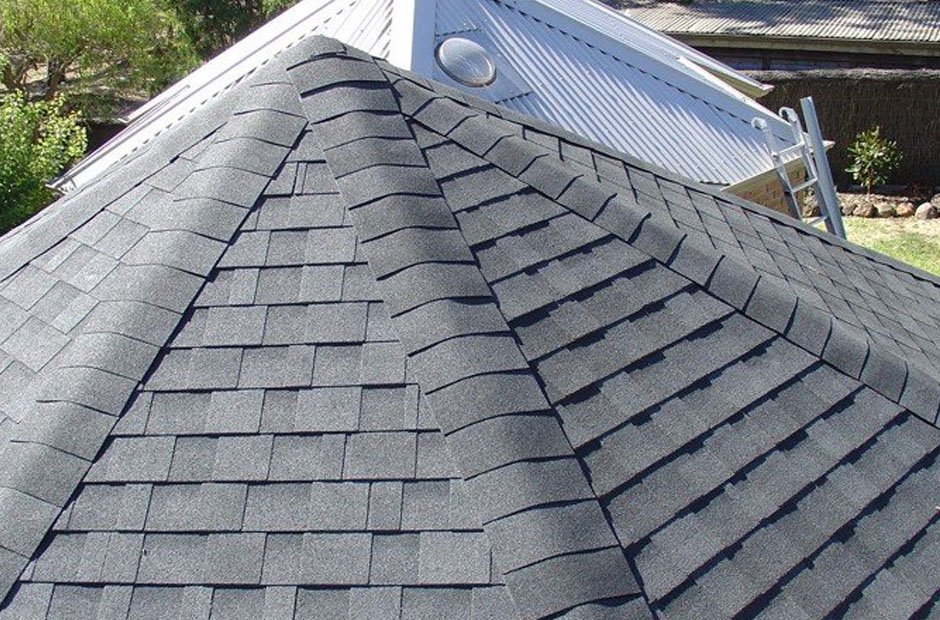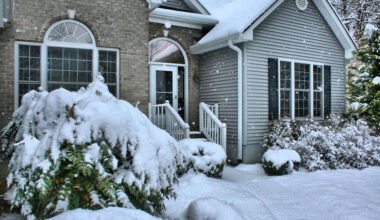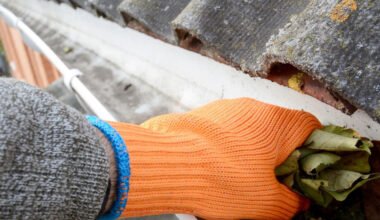You want lasting shingles, not the whole shebang and extras. The roof is more guardian than cover-up. Shingle longevity is simply three: quality, proper installation, and smart maintenance. Cheat on one of those, and you’ll be shelling out big time in leaks, repair, and hassle.
Select Stricter Roofing Materials
Material is one of the most important choices when picking shingles for your roof. Architectural shingles beat 3-tab shingles in every situation when it comes to longevity and durability. They’re thicker and layered, and will ride storms out without curling or ripping. Spend more upfront, and opt for metal or composite shingles. Metal will last 40-70 years with little maintenance, and composite shingles can be designed to look like wood or slate without decaying or being ruined by damage.
Choose Experienced Roof Installers
Even good shingles will not last if nailed in incorrectly or installed over a bad deck. A good roofer checks for soft places in the sheathing, takes out decayed wood, and puts on good underlayment to keep water from getting in. Maintenance of ventilation is crucial. Heat baked on the fries shingles from the underside, and a lack of airflow forms winter ice dams. Seasoned contractors know how to balance intake and exhaust ventilation so your attic will be dry and cool.
Strengthen Flashing And Sealants
Sealants and flashing are the quiet moorings of a durable roof. Cheap flashing rusts fast and creates holes around chimneys, vents, and valleys. Overlapping step flashing pushes water rolling off the roof instead of under it.
Schedule Regular Roof Inspections
Don’t give a fleeting glance up from the driveway annually; inspect the roof following large storms. Search for missing shingles, nail heads on the roof deck, and rubbish in valleys. Clean out gutters periodically so water will drain freely and won’t build up and sit beneath shingles. Trim rubbing limbs and break heavy branch limbs in storms.
Match Shingle To Climate
Local climate determines the type of shingles you should choose. Dark shingles hold heat, which melts snow in cold climates but raises cooling bills in hot climates. Reflective shingles keep attics cooler, reduce energy use, and reduce heat damage. Materials also differ, metal resists heat and sheds snow, asphalt works well in moderate climates but performs poorly in extreme climates, and composites offer good impact resistance in storm-prone areas. Pairing the right color and material ensures maximum performance.
Double-Check Roofing Warranties
And finally, check the warranty, but not as a promise. Warranties cover only defects, not storm damage or poor installation. Hiring a licensed installer will extend the warranty by years, and that’s a solid reason to go with the higher instead of the lowest bidder.
Invest Smart, Roof Longer
Shingles are the first line of defence for a roof, which is an investment. You can avoid frequent roof repairs for decades if you choose the right material, work with the right installer, and maintain your roof. Making wise, well-informed decisions that keep your house safe year after year is more important than spending the most money.
Your roof is worth too much to risk. Invest in top-of-the-line shingles, professional installation, and upkeep, and you’ll get a more long-lasting, more resilient roof well worth the investment for years to come. Let the leaks be the messenger, check today, and act sooner on your home’s first line of defence.



